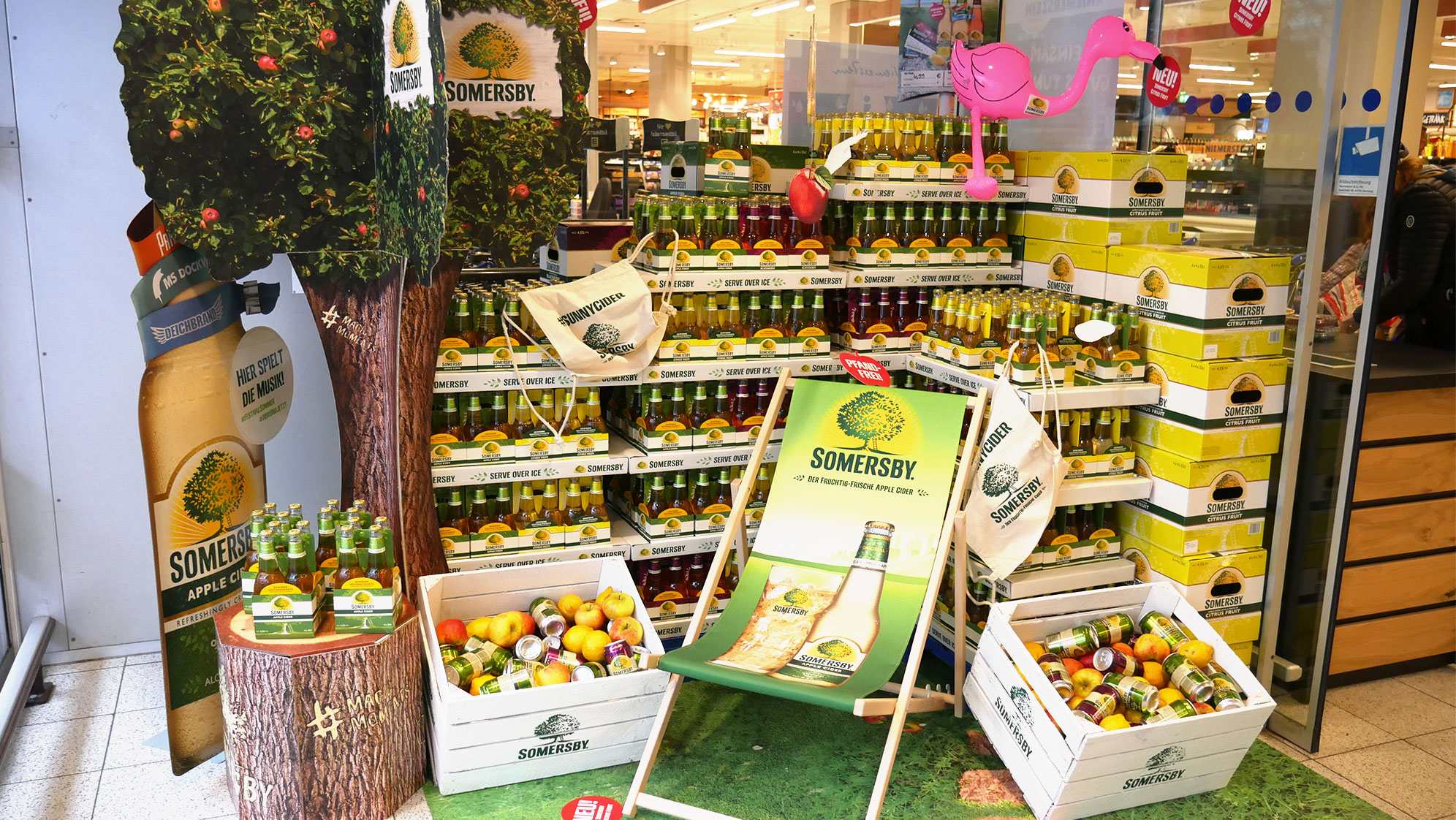Today more than 77% of Germans already live in cities or conurbations. Urbanization continues to take place at a rapid pace, the general conditions are changing more and more and require a rethink in the implementation of POS measures, especially with regard to placement. Urbanization not only places high demands on residential construction and infrastructure – manufacturers must also adapt to a changing retail landscape. The increase in the population living in the city and the rising number of single households are leading to a densification of space, rising rents, a reduction in the available space and thus to a reduction in the breadth and depth of the product range in the retail trade and smaller containers. In particular, the proportion of smaller food retailers in cities is increasing, and in future they will be the only local suppliers with increasing supply requirements. In my opinion, small-scale concepts such as Rewe City, Rewe2Go or Edeka Xpress are only the first answer to the megatrend.
Fewer areas = Fewer special placements.
All in all, the areas for placements for special offers, launches or seasons are getting smaller. This means that manufacturers will be faced with the challenge of looking at the touchpoints checkout zone and standard and special placements with new eyes in the future. This is because the number of retail locations is increasing but the possibilities for standard placement are decreasing. Moreover, the few areas are even more competitive. Above all, the number of options and the space per store for secondary placement as part of promotions, product launches or seasonal events are becoming fewer. In the future, it will be challenging to use these limited possibilities to make brands tangible, generate attention and boost sales through placements.
The solutions:
1. Modular placement concepts.
Already today we include the changed requirements in the conception. The segmentation of the outlets is always the first step. The second is the modularity of the placement concept starting with the smallest possible space concept adapted to the different outlet types and the corresponding placement areas. Only this can be the basis for the exact control of resources for the greatest possible success.
An example: Sommersby from Carlsberg. Here, we designed a modular placement system to meet the changing requirements and possibilities in the retail sector with confidence. The flexible and scalable structure enabled the field sales force to make spontaneous sales, which was a great help in the launch and establishment of the beverage family in the new cider category. The increased sales in the outlets and the possibility to change the strong selling secondary placement into a standard placement at many positions speak for the success of the concept.
2. Give open spaces an experience character.
In addition to the pure product presentation, there are further shopper-relevant measures. Increasing possibilities for local supply (“city markets”) ensure increased competition between the shopping locations. Retailers and manufacturers should already use all opportunities to gain experience with value-added concepts and the creation of experiences for competitive differentiation.
My conclusion
The time of one-size-fits-all in placement is over. A clear segmentation of the outlets and a modular conception of the POS presence including placement adapted to this are a must for every manufacturer who wants to set impulses in the future together with the retail trade through secondary or special placements. Furthermore, despite all the reduction in sales areas, the shopping experience must not be neglected.


